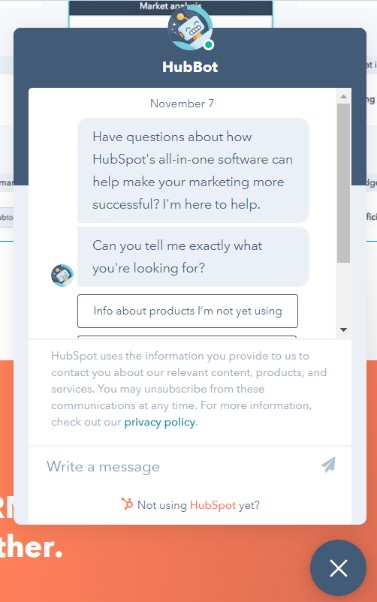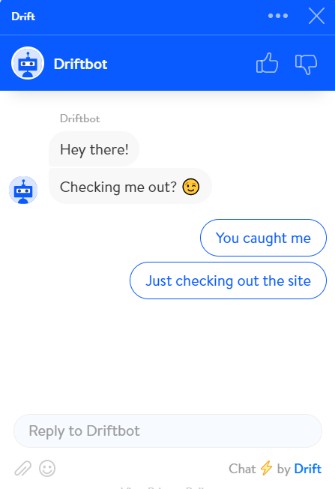Topics:
Conversational MarketingSubscribe now and get the latest podcast releases delivered straight to your inbox.
What's Going to Be Big in Chatbots for 2019? [Infographic]

Nov 11, 2018
![What's Going to Be Big in Chatbots for 2019? [Infographic]](https://www.impactplus.com/hs-fs/hubfs/shutterstock_1081264862%20%281%29.jpg?width=768&height=400&name=shutterstock_1081264862%20%281%29.jpg)
If you’ve been to any website recently, chances are you know what a chatbot is.
They’ve been taking the internet by storm, and marketing and sales departments can’t stop talking about them.
Slightly different than live chat -- where a real human is behind the dialogue -- chatbots work to simulate realistic conversations with website visitors in an effort to help them get what they need quicker and more accurately.
In 2018 alone, chatbots have evolved to be more intelligent and more human than ever before.
Because of their successful adoption by the end user, more and more bots are being incorporated with advanced artificial intelligence technologies, and 80% of businesses are planning to deploy some type of chatbot by 2020.
Now that we know that most audiences actually don’t mind talking to a robot rather than an actual person (in fact, 63% of people would consider messaging a bot to communicate with a company), it’s no surprise that the future of these platforms looks bright.
As we begin to round up 2018, an infographic by BotCore highlights some main items to expect beyond this year when it comes to using chatbots for our businesses.
Replacing Mobile Apps
According to Gartner, by the year 2021, 50% of enterprise companies will spend more on bots and chatbot creation than they will on traditional mobile app development.
As the app market becomes more saturated, it makes sense for larger organizations to focus on AI-powered workflows for their business strategy.
Enhanced Conversational User Experience
Also, by the year 2021, Gartner reports that “conversational AI-first” user experience, or CUX, will be adopted by most enterprise organizations.
CUX is a newer version of UX design, and it’s expected to gain more significance in the next few years. Examples of CUX include brand persona development, personalized content, and guided conversations. Its main purpose is to help the user reach their end goal as quickly as possible, all while delivering the best experience for them.
This is something to keep in mind as bigger companies begin to implement this strategy, as any organization that fails to keep up with CUX may risk falling behind in search rankings, relevance, and sales.
Mainstream Adoption and Moving Beyond Customer Service
According to Juniper Research, chatbots are expected to help cut business costs by $8 billion dollars by the year 2022!
It’s predicted that bots will begin to be used in more online spaces, such as CRMs, intranet, and IT helpdesks.
To view the full stats and the rest of the infographic, click here, or view it below.
Examples of Effective Chatbots
What’s most important to note here is that chatbots are not just for enterprise-sized companies, and any organizations that begin early adoption of this new technology are expected to see the biggest benefits.
With that said, here are a few chatbots you can explore to get started:
HubSpot’s Chatbot Builder
This HubSpot tool allows its users to create and customize their own bots without having to know any code.
Use it with HubSpot’s CRM to help manage your team’s contacts and leads, schedule meetings, and ultimately close sales.

Acuvate’s BotCore
Targeting enterprise organizations, BotCore has multiple bots designed for different business needs. These include SIA Bot, a sales intelligence assistant, MeshBOT, the world’s first chatbot for SharePoint Intranet, and IT Helpdesk Bot, which helps improve helpdesk response rates.
They also have bots that are empowered to help with Operations, HR, learning, development, legal, marketing administration, and other business needs.

Drift
Similar to HubSpot, Drift’s chatbot is essentially a personal assistant for your website. It can be used to answer your visitor’s questions, book meetings with someone on your team, and even qualify leads without a form.
For Sales & Marketing leaders, it’s definitely worth checking out.



Order Your Copy of Marcus Sheridan's New Book — Endless Customers!
